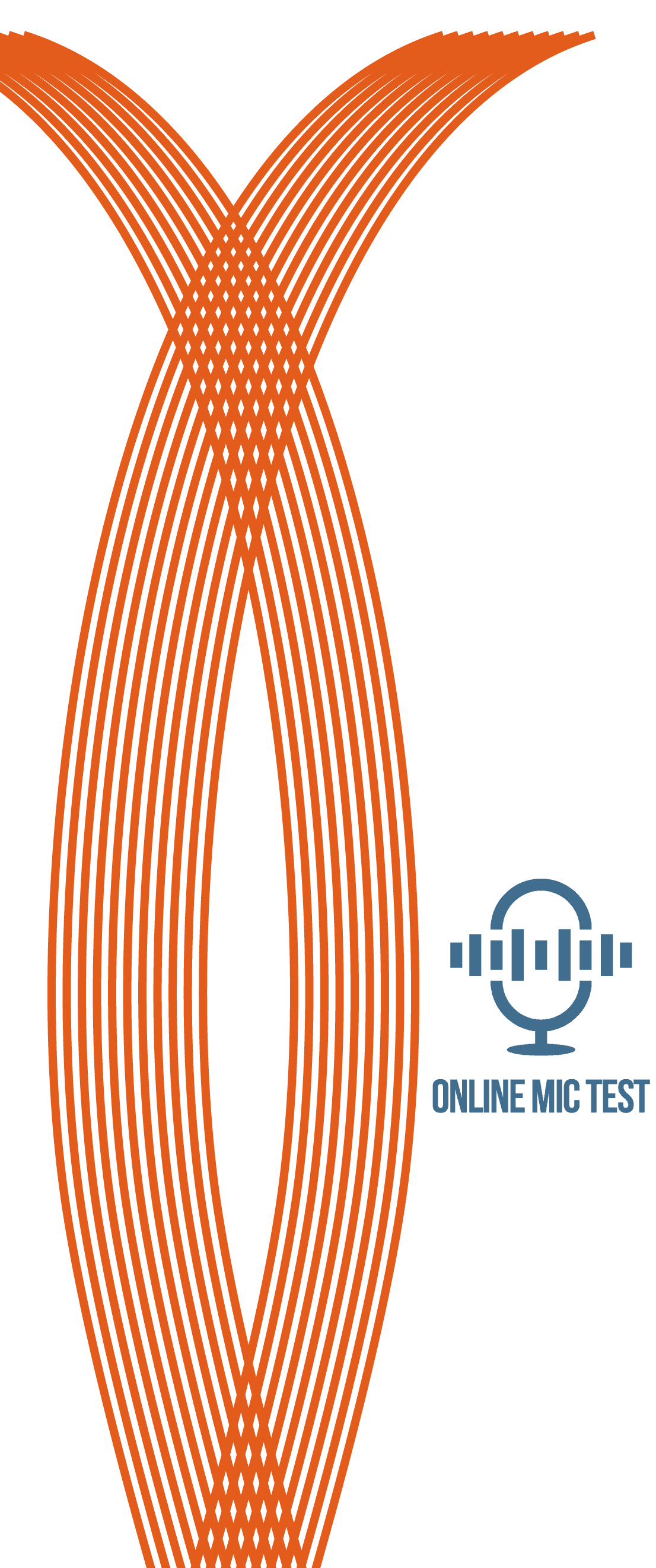Viola Tuner
How to use this tuner:
- 1Click on the orange ‘Play’ button.
- 2Click ‘allow’ if you see a pop-up asking for permission to use your microphone.
- 3Pluck/bow the string you wish to tune, Most violists tend to start with the low C (C3) string. Adjust the tuning up/down using your viola’s fine tuners until the orange and grey circles are overlapping and the note you wish to tune to is displayed in the tuner box.
- 4If the string you plucked is reading as a completely different note altogether than the one you want to tune to, use your viola’s tuning pegs to slowly tune it to the desired note. After this, repeat step 3 to fine-tune it to the desired note.
- 5Now tune the rest of your strings using steps 3 and 4.
- 6After tuning all the individual strings, check all the strings once more, as tuning one string, sometimes affects the tuning on the other strings.
- 7Happy tuning!
Trouble-Shooting Guide:
If the microphone has been allowed but the tuner isn't responding to sounds from your instrument,
see below for possible solutions:
- Check your microphone to make sure it is working properly. You can use the test on our home page and find out more information about microphone troubleshooting here.
- If your microphone is external (meaning not built into your computer) then check to make sure it is securely connected to your input USB port.
- Some microphones have an “ON” / “OFF” mode. Make sure your microphone is set to “ON”.
- Check to make sure that your microphone is not muted. For help with different operating systems and microphone problems, check out our "TECHNICAL GUIDES" section on the left-side menu.
- You can try to use a different browser, like Google Chrome or Mozilla Firefox. Safari might not work with our test.
Learn more about viola tuning:
What is a viola?
The viola is a stringed instrument that is slightly bigger and deeper than the violin. The viola could be seen as the middle child of the violin family, its mellow alto voice sitting between the violin, tuned a 5th above, and the cello, tuned an entire octave below.
What is a viola’s tuning?
The viola had four strings, standard tuning of a viola is: C3 G3 D4 A4 (lowest to highest string) so it has the same G3, D4 and A4 strings as the violin, with the deduction of the high E5 string and addition of a lower C3 string.
Our tuner is set to this standard viola tuning, however if you would like to tune to any other combination of notes you can use our Pitch Detector.
For other tuners for other instruments, click here.
What is the difference between a violin and a viola?
The viola shares lots of similarities with the violin and is no doubt easier to pick up if you are already a violinist, however it has its unique playing quirks that violinists may not be used to, it’s not simply a big violin!
As we have already covered, the viola's tuning is different, so you will need to learn new finger positions. The viola also has its very own clef, “Alto Clef”, so you’ll have to learn how to read music on this!
Playing the viola also calls for different bowing techniques, such as using your arm weight rather than arm force to achieve good phrasing. Additionally, the viola requires a bit more physical exertion to play in comparison to the violin, it’s heavier and longer so you’ll have to stretch your fingers farther across the fingerboard to get different chords and oscillate twice as wide to get a good vibrato.
That being said there are also some advantages to playing the viola in comparison to the violin. Similar to the cello, it’s easier to create a good tone early on when learning the viola as the notes are in a lower register (so hopefully you won’t get as many screechy cat noises as on the violin!). Harmonics are also easier on the viola, the longer length of strings gives you a bit more margin for error when hitting notes.
What are fine tuners and do I need to use them on my viola?
Fine tuners are small metal screws that go on the tailpiece of your viola, you can use them to make micro adjustments to the pitch of your strings, providing a more precise and easy way to tune your instrument than using just its tuning pegs.
As fine tuners can only tune up or down by a few notes, it’s very difficult to break a string when changing pitch using them. This can be especially helpful if you are a beginner, as you may find you keep overturning your pegs and going wildly out of tune, or worse, breaking strings completely.
As you gain more experience using your viola tuning pegs, you may choose to remove the fine tuners from all/certain strings on your instrument, but that’s down to your personal preference.

